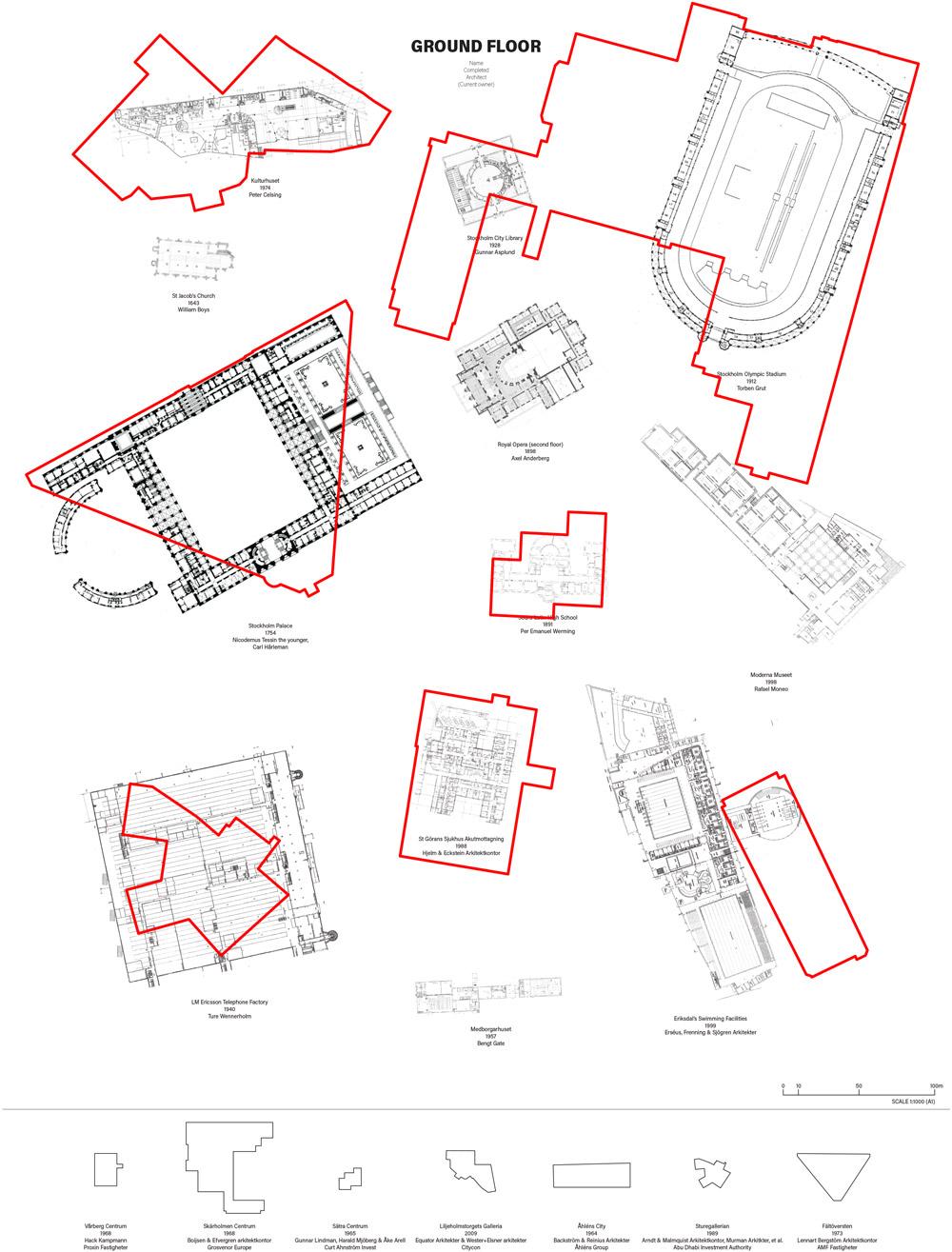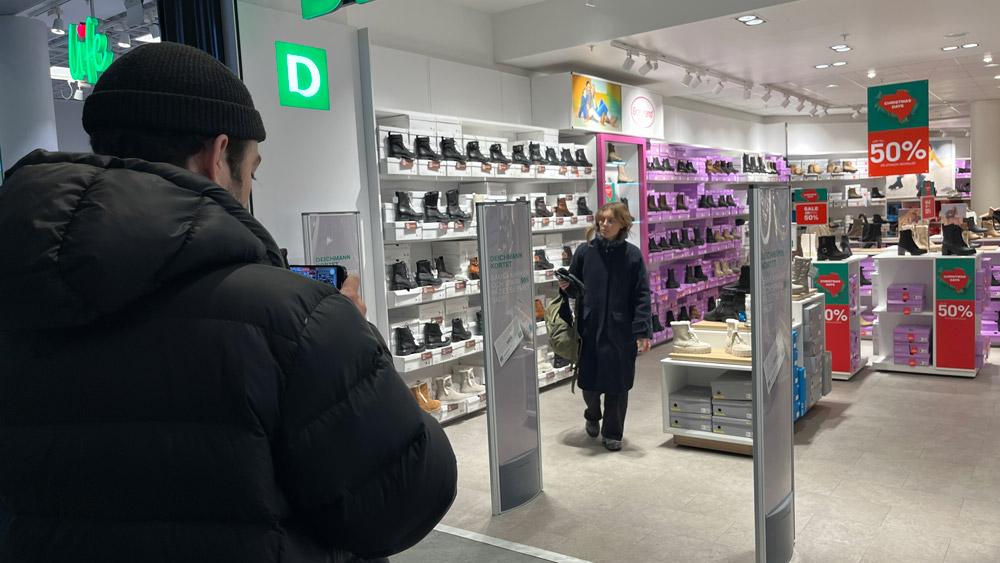Ariel Kaye
 Juxtaposing size, form and ownership status of malls along the red subway line with public-functioning buildings in the city
Juxtaposing size, form and ownership status of malls along the red subway line with public-functioning buildings in the cityWithin the lifespan of the boomer generation, the mall was born, grew into its heyday in the 80’s, and now steadily declines towards what some have called its online-onset death. The difference between a building and a person, however, is that a building might still stand for another hundred years or more while we rest peacefully underground. What is the cultural significance of these gargantuan interior cities, and what potential do they hold for a future where overconsumption is a thing of the past? What do we want beyond what we know?
During my education, I have held an interest in working with existing structures, placing familiar spaces in new contexts and vice versa. It is an on-going exploration of the shifting role of the architect, testing new methods for field work, experimentation, representation, and public engagement. Perhaps, if we are to build much less than we have in the past, the skillset of the architect needs to be directed not only towards what is coming, but also (and maybe primarily) towards what is already in place.

From /The Most Expensive Museum in the World/ – a shared imagination about looking back at the mall a hundred years from now
